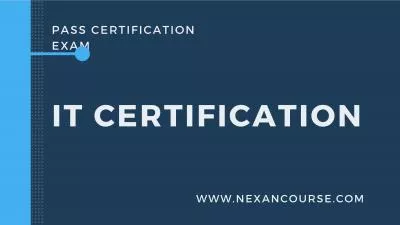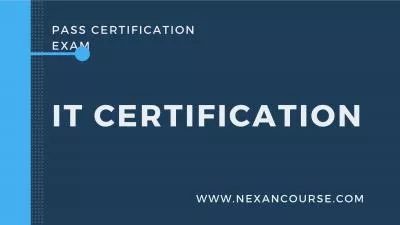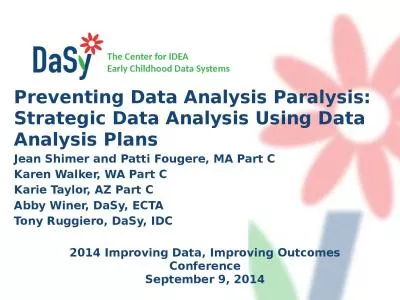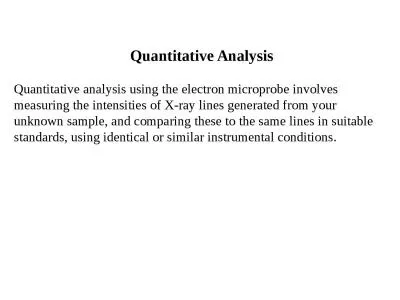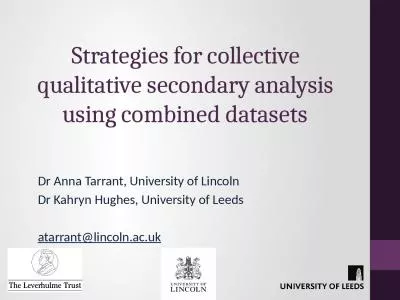PPT-Document Analysis Using H.I.P.P.O
Author : test | Published Date : 2018-03-11
Document Analysis Document Analysis in AP US History isnt difficult and you will use the same steps each time you analyze a document We use the anagram HIPPO which
Presentation Embed Code
Download Presentation
Download Presentation The PPT/PDF document "Document Analysis Using H.I.P.P.O" is the property of its rightful owner. Permission is granted to download and print the materials on this website for personal, non-commercial use only, and to display it on your personal computer provided you do not modify the materials and that you retain all copyright notices contained in the materials. By downloading content from our website, you accept the terms of this agreement.
Document Analysis Using H.I.P.P.O: Transcript
Download Rules Of Document
"Document Analysis Using H.I.P.P.O"The content belongs to its owner. You may download and print it for personal use, without modification, and keep all copyright notices. By downloading, you agree to these terms.
Related Documents

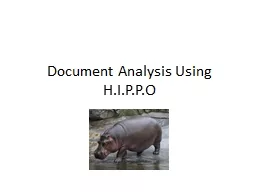
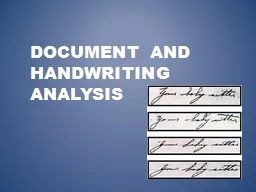
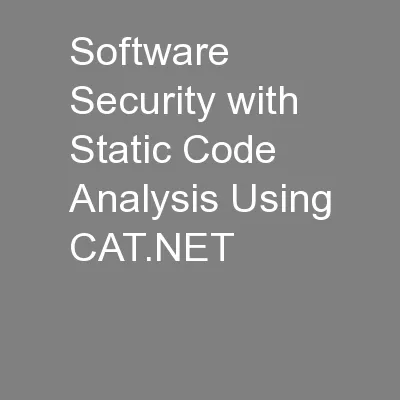

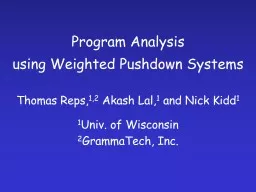

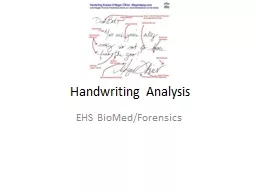
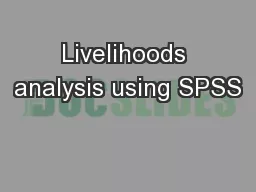
![[READ]-Data Analysis from Scratch with Python Bundle Basic Data Analysis and Time Series](https://thumbs.docslides.com/970489/read-data-analysis-from-scratch-with-python-bundle-basic-data-analysis-and-time-series-analysis-in-finance-using-python.jpg)
